Sri Lankan food is rich in flavour. It’s packed with spices. It’s a vibrant spectacle of colours. And in the wake of the terrible Easter attacks, it’s also a testament to and celebration of the country’s diverse and resilient people. It’s no wonder, then, that Sri Lankan cuisine is starting to play a bigger role on the world food stage, heralded as a top foodie trend this year.
But what is Sri Lankan food, exactly?
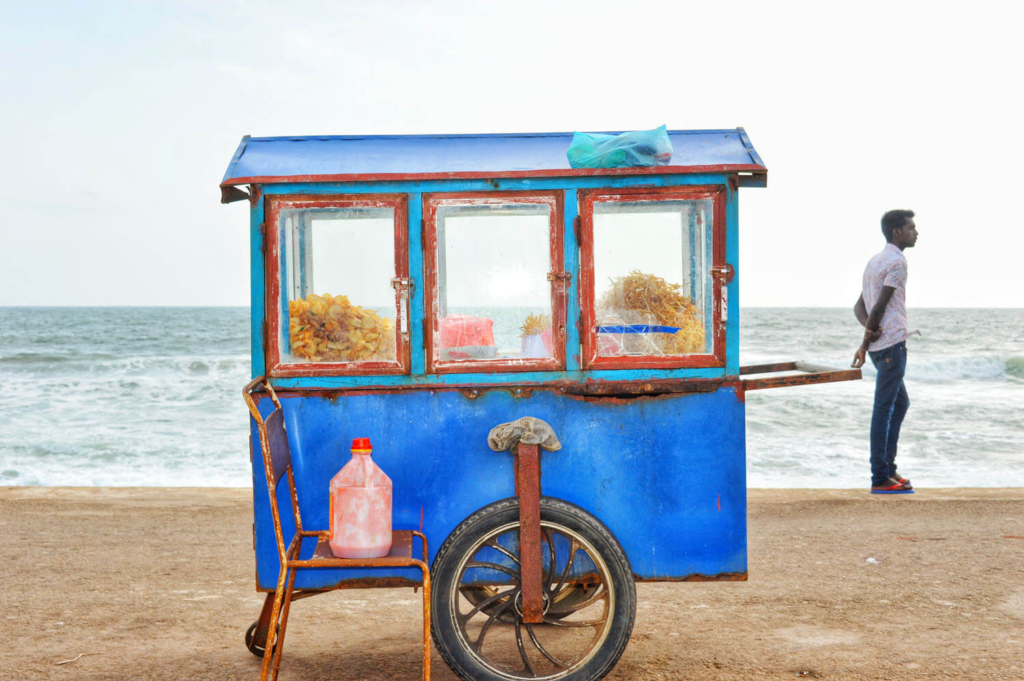
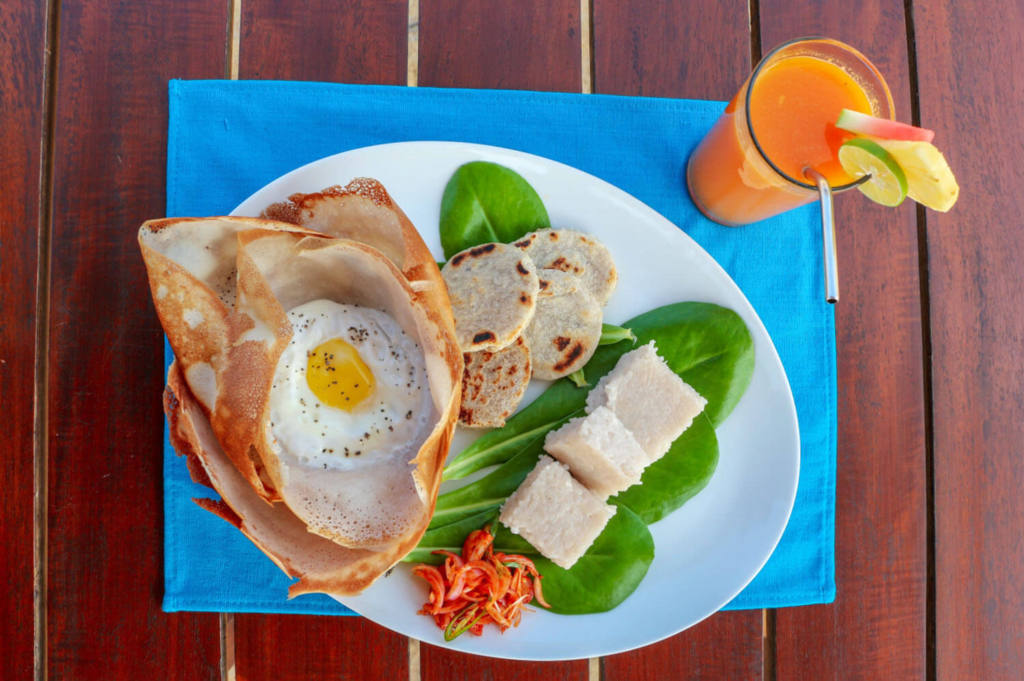
A small, teardrop-shaped island just off the southern coast of India, Sri Lanka is often compared to its behemoth northern neighbour, but they’re not one and the same. The two countries differ culturally, linguistically and, yes, gastronomically. While it definitely shares some influences with southern Indian cuisine, Sri Lankan food is spicier and contains distinctly different flavours. The culinary techniques and main ingredients also vary significantly.
A tropical island, coconuts are the heartbeat of Sri Lankan cuisine. Coconut milk gives birth to mouthwatering curry concoctions, and sweets are prepared with grated coconut flesh. Locals make penipol (caramelised coconut stuffed into thin, rolled pancakes), and imbul kiribath (milk rice stuffed with penipol) is a specialty breakfast food in most Sri Lankan homes. On the savoury side, shredded coconut is the main component of pol sambol, a spicy condiment rarely absent at mealtime. Furthermore, when it comes to sautéing and deep-frying vegetables and meat, coconut oil is the go-to cooking fat.
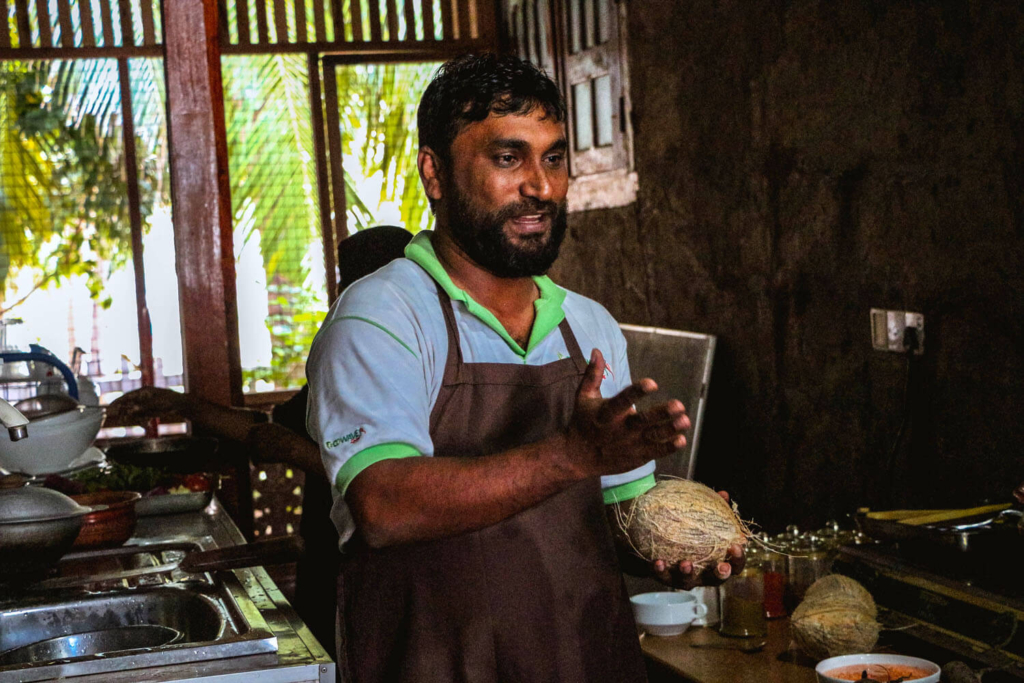
As with many Southeast Asian cuisines, rice is an important component, dominating the local table and often accompanying curry dishes. And the surrounding Indian Ocean, for its part, guarantees a continuous supply of fresh seafood.
Then there’s the cultural and historical aspect: colonised by the Portuguese, Dutch and the British, and a serving as a pit stop on international trade routes, Sri Lankan dishes have been influenced by a number of other cuisines over the centuries. The island – small as it may be – is also home to many diverse ethnicities and cultures, paving the way for many subtle regional differences in the country’s cuisine.
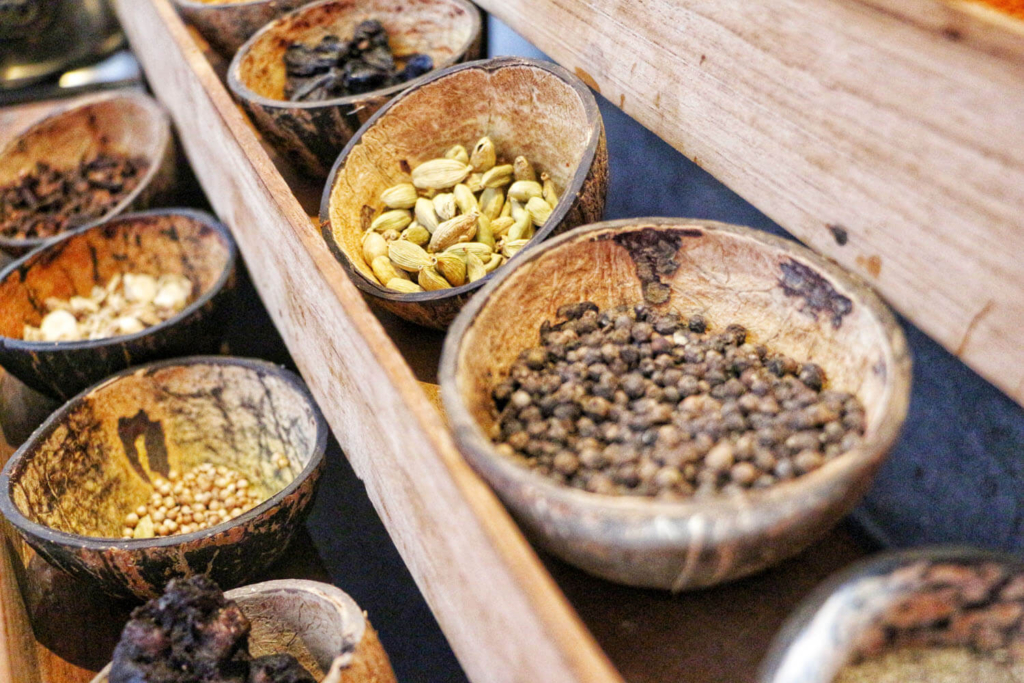

As Sri Lankan food moves into the international spotlight, let’s have a look at some of the island’s most iconic – and unforgettable – dishes.
Kottu Roti
Kottu roti perfectly represents the culinary heartbeat of an ordinary Sri Lankan. It’s messy. It’s greasy. It oozes with flavour. When the sun sets over the horizon, dingy hole-in-the-wall eateries clustered in dilapidated buildings on narrow side streets serve sizzling piles of kottu roti.
Leftovers of godamba roti (Sri Lankan parathas, or flatbread) are shredded into small pieces, then mixed with fresh vegetables, eggs and a meat of your choice. Chicken and beef are popular, but along the coastal belt, shrimp and seafood are more common. The mixture is dumped onto a large, hot griddle, and chopped into oblivion using two large metal blades. The local chefs at street restaurants each have their own rhythm, as the blades produce a distinctive sound that can be heard from half a mile away. The whole process is rather chaotic and interesting, not to mention tasty – ask any Sri Lankan and they will rate kottu roti as one of their favourite dishes. Check out a recipe here.
Jaffna Crab Curry
The country’s Northern Province, including the provincial capital Jaffna, is mostly populated by Tamil people, whose Tamil language and Hindu religion differ from the Sinhalese Buddhist majority to the south – and to an extent, so does their cuisine. Here, curry is usually a deep red colour, fiery and peppery hot, often using meat such as mutton and seafood. As it’s located close to the Bay of Bengal, an ample supply of fresh sea crabs year-round has given the rise to Jaffna Crab Curry – a dish equally loved by all Sri Lankans.
The key here is to use fresh mud crabs and roasted curry powder. From cumin seeds to dried red chili, fennel seeds, coriander seeds and curry leaves, an assortment of spices and herbs are dry-roasted and ground to make the curry powder. Locals prepare a paste with grated coconut flesh, pan-fried peppercorn and cumin seeds to enhance the flavours, while coconut milk creates the thick, creamy gravy. The intense mix of spices perfectly blends with the delicate, sweet crab meat. The curry is mostly served with rice and other side dishes, such as lentil curry and pol sambol. If you’d like to try making it at home, see this recipe.
Lamprais
Unique to the Dutch Burgher community of Sri Lanka, lamprais consists of fragrant rice cooked in meat stock and served with an amalgam of side dishes, such as mixed meat curry, frikkadel, belachan (shrimp paste), batu moju (eggplant curry) and ash plantain curry. The mixture is wrapped in charred banana leaves and baked in an oven for a few minutes. The nose-tingling aroma of the banana leaves infuses into the flavoured rice, creating a sublime taste.
Over the years, however, some elements of the original lamprais have been reduced, removed and replaced. In most places, chicken curry is used instead of mixed meat curry, while beef frikkadels are replaced with cutlets stuffed with tuna. Also, the beautifully wrapped parcel now often includes a twice-cooked egg (boiled and fried). From cleaning banana leaves to cooking rice, the preparation of lamprais is a slow process; it takes almost two days and involves devoted communal labour. Traditionally, lamprais was enjoyed for Sunday lunch after morning church service, but now you can get it in a restaurant just about every afternoon.
See the recipe here.
Kiribath (Sri Lankan Rice Pudding)
Kiribath plays an important role in the lives of Sri Lankans, as a ceremonial food meant to bring prosperity and good fortune. Imagine you’re starting a new job, or it’s the day of a big exam, your birthday or any kind of anniversary – on these occasions, Sri Lankan mothers will prepare kiribath in the early morning. Similarly, on the day of Sinhala & Tamil New Year, kiribath dominates the New Year (Avurudu) table.
To make the dish, rice – with a pinch of salt – is cooked in coconut milk until it’s soggy and pulpy. Traditionally, a clay pot is used to cook the ingredients over an open, crackling fire. The frothing coconut milk sizzles and trickles down from the mouth of the clay pot, filling the air with the wonderful aroma of cooked coconut milk. Additionally, mung beans (green grams) and cowpea beans are also accompanied with rice to prepare kiribath. Full of nutrients, these two variants are a popular breakfast food across the country.
In all versions, the cooked mixture is poured onto banana leaves spread out on a large plate or a mat of woven coconut leaves. The spread is then levelled and cut into diamond shapes. Usually, kiribath is served with lunu miris, a fiery onion relish made with dried red chili, a hint of lime and sea salt. Other times it’s enjoyed with caramelised onions, ripe bananas or kithul palm jaggery. See a recipe here.
Watalappan
Believed to have Malay origins, watalappan is a rich, creamy coconut custard. The dish is sweetened with jaggery – a popular Southeast Asian sweetener made from palm tree sap or sugar cane juice. Here, jaggery is made from the sap of the kithul palm tree that grows in abundance in Sri Lanka’s lower wetland, and in this dish, the sweet flavours of the jaggery pair perfectly with the hint of spice introduced by cardamom and nutmeg.
A popular dessert in Muslim households, the whole country eagerly awaits Ramadan, when Muslim friends and neighbours bring home some authentic, homemade watalappan. Sometimes, the soft, sweet custard is topped with cashews to add texture. While watalappan is available at many restaurants, it often lacks the unique flavour of homemade versions. If you can source all the ingredients, you can prepare it on your own. This recipe provides a detailed process.
As you can see, Sri Lankan cuisine is incredibly diverse – it’s quite the treasure trove of unique flavours and influences. Should you have the chance to visit Sri Lanka, stick to small eateries, home-cooked food and local dishes in upscale restaurants to experience the diverse aspects of authentic Sri Lankan cuisine.
#staysafe #stayathome #selfisolation
[Photos by Nathan Mahendra]

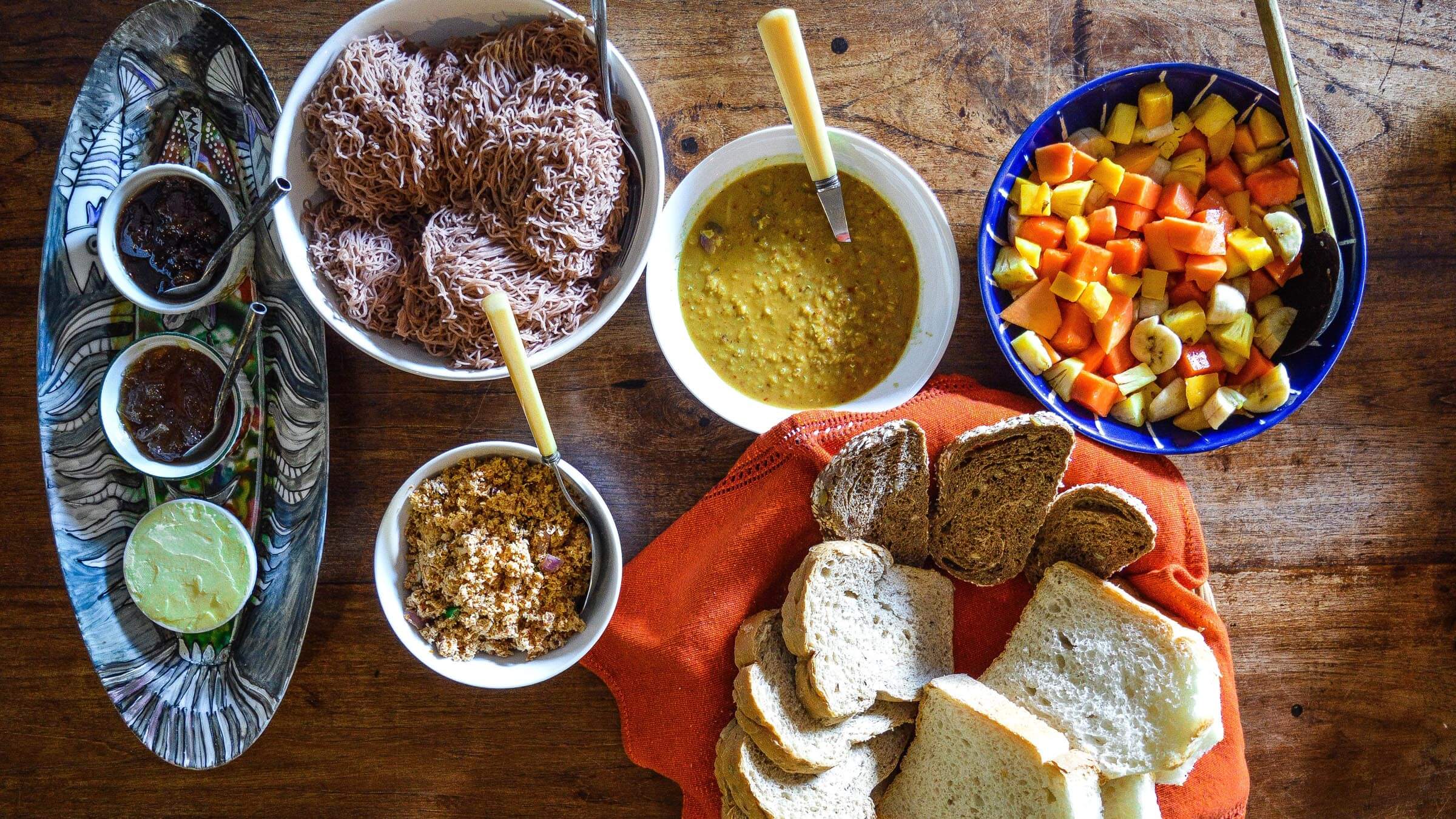
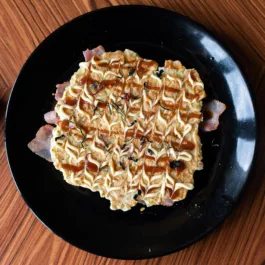
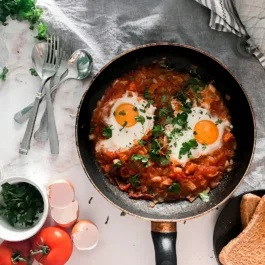
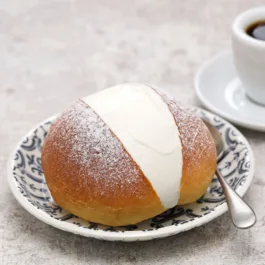
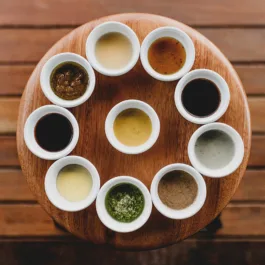

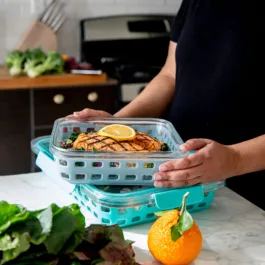
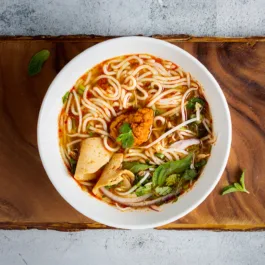
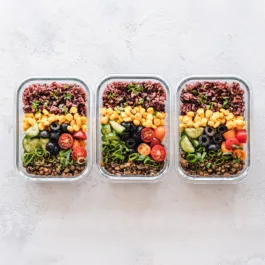
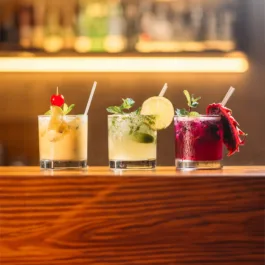
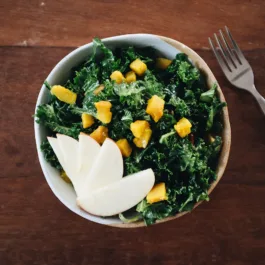
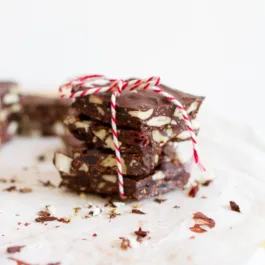

Sorry, the comment form is closed at this time.